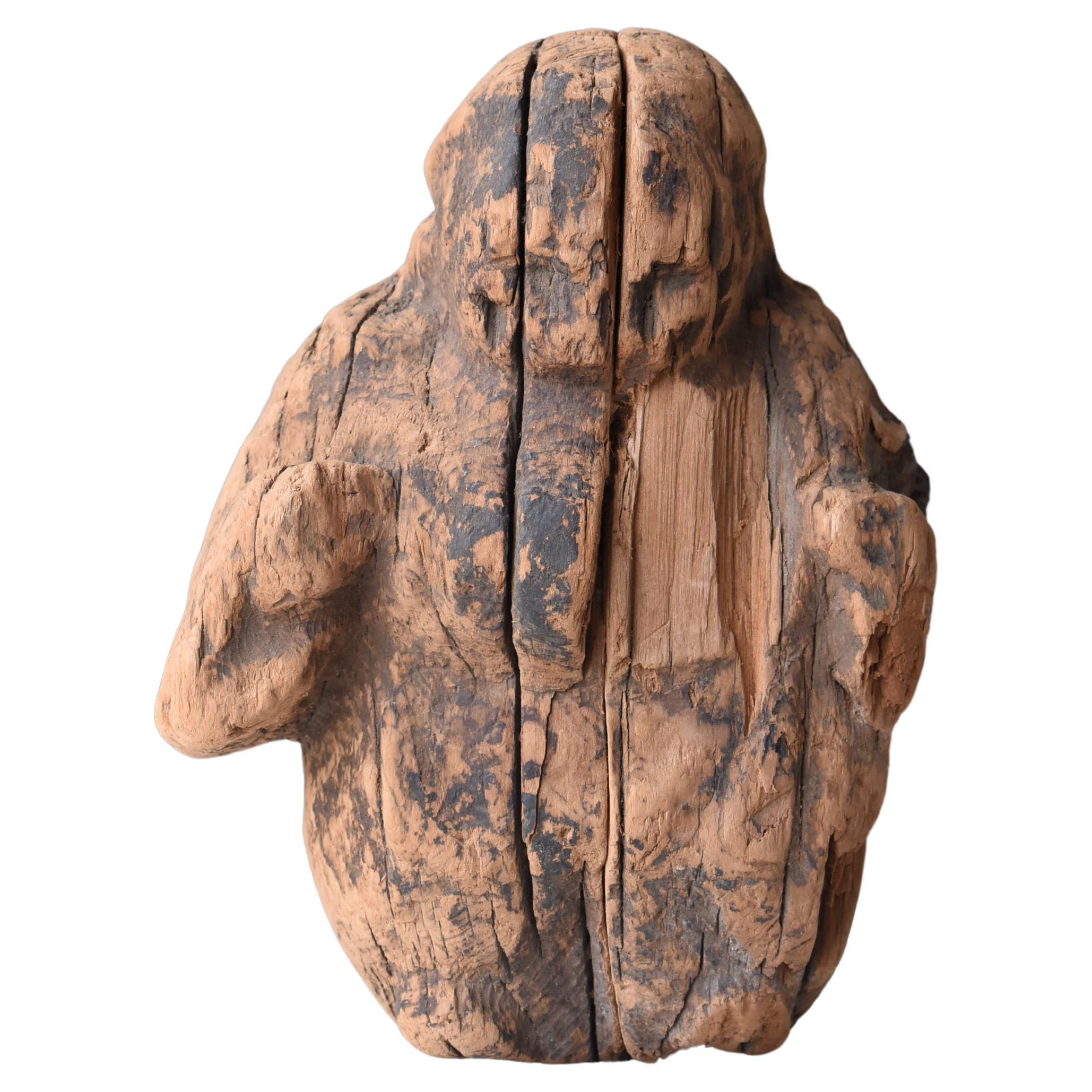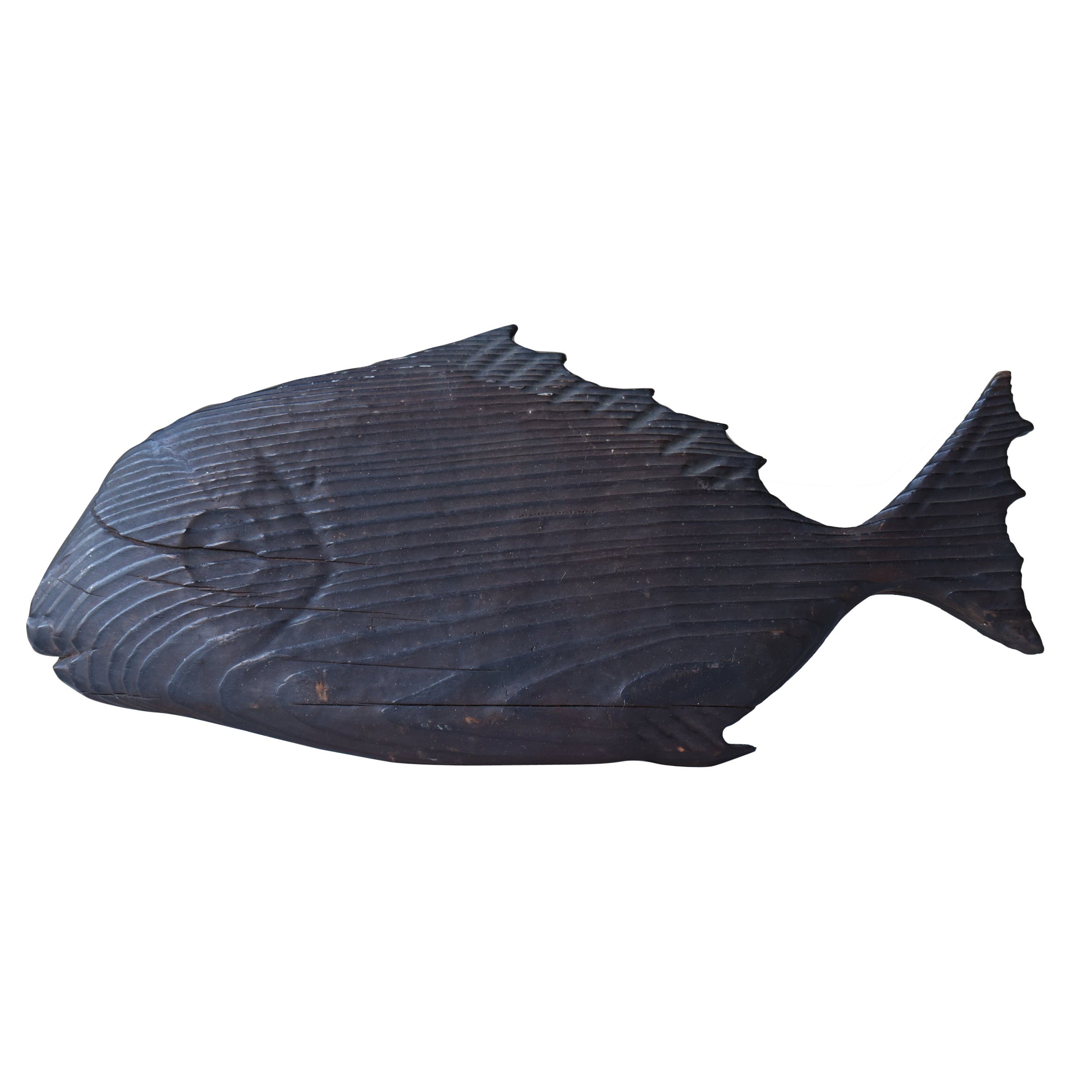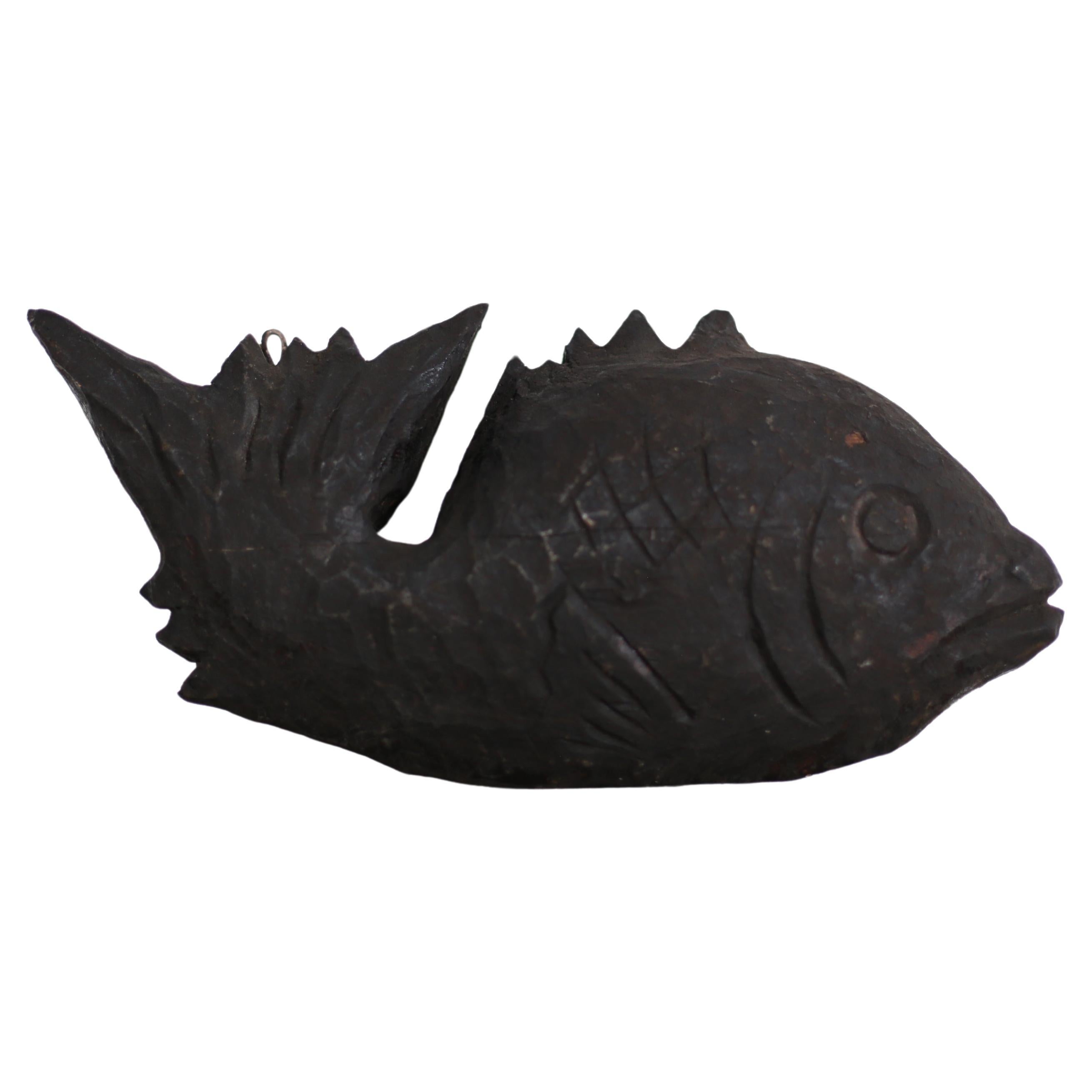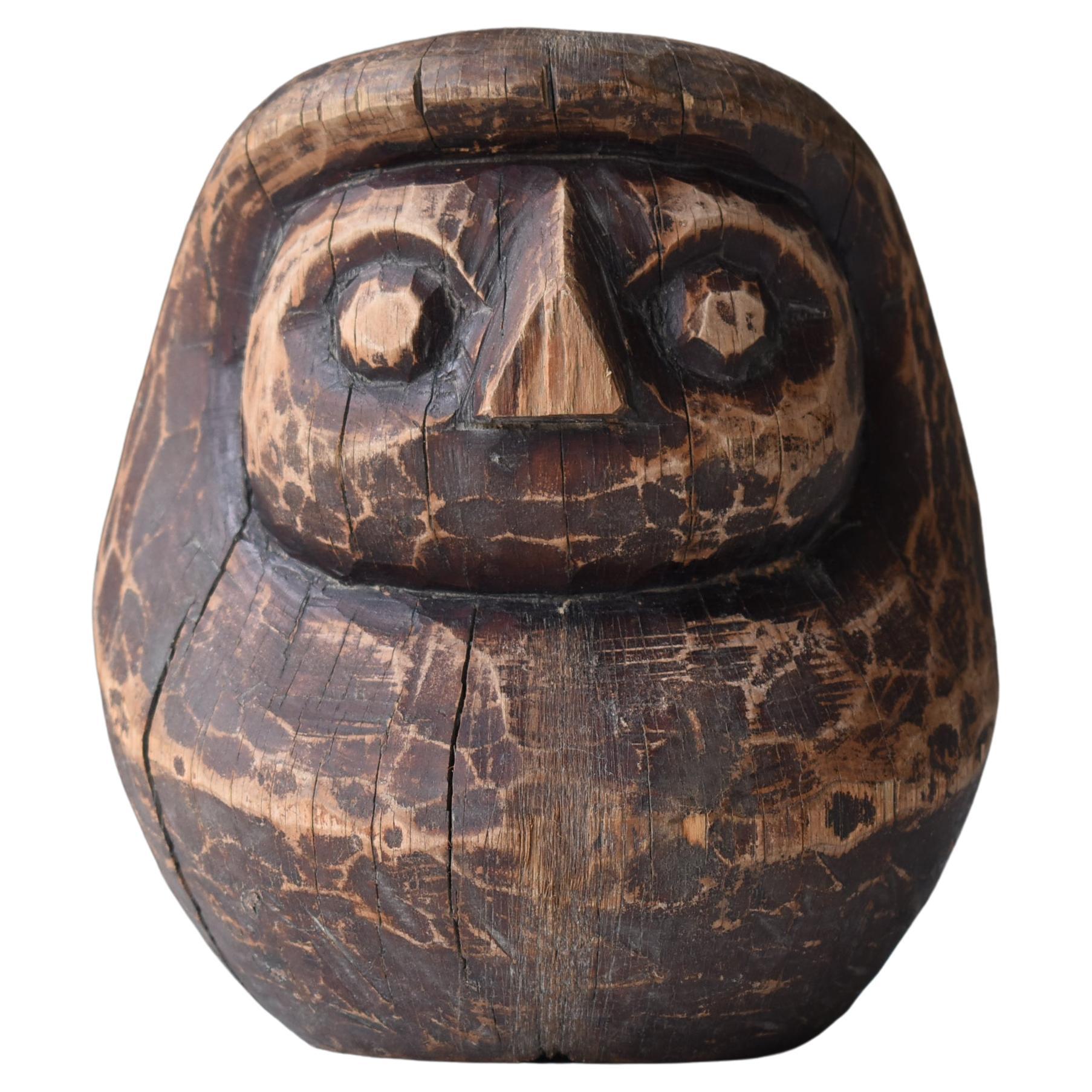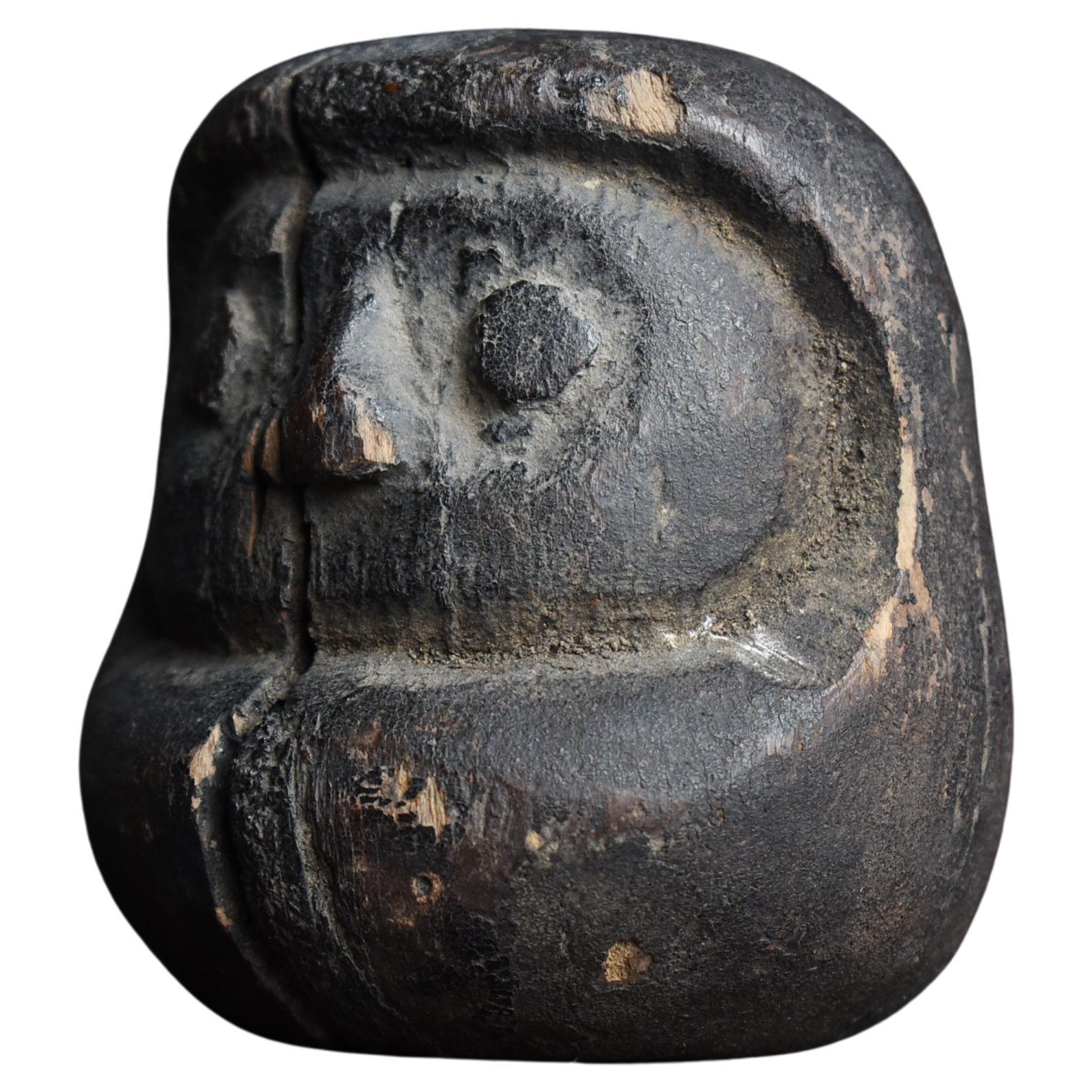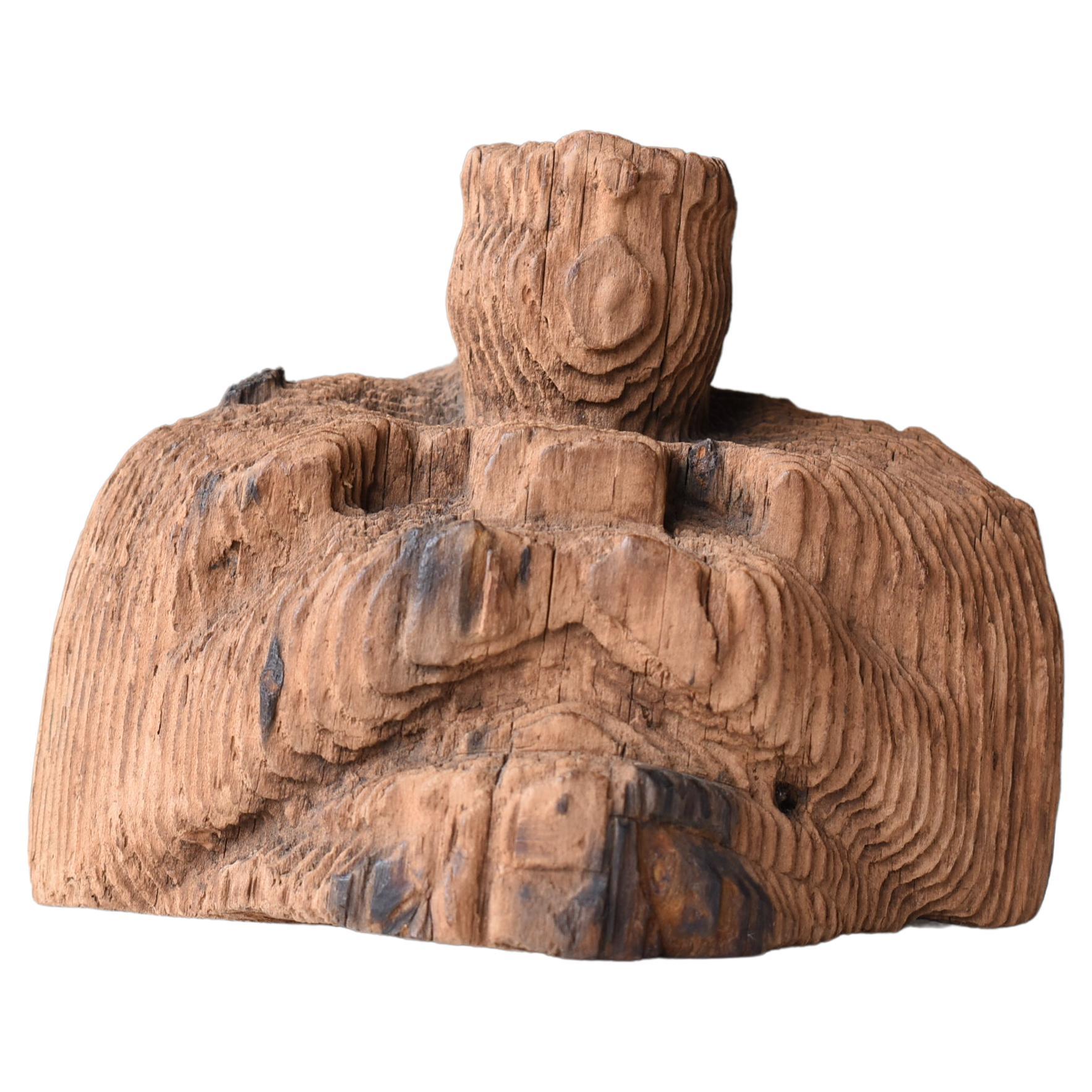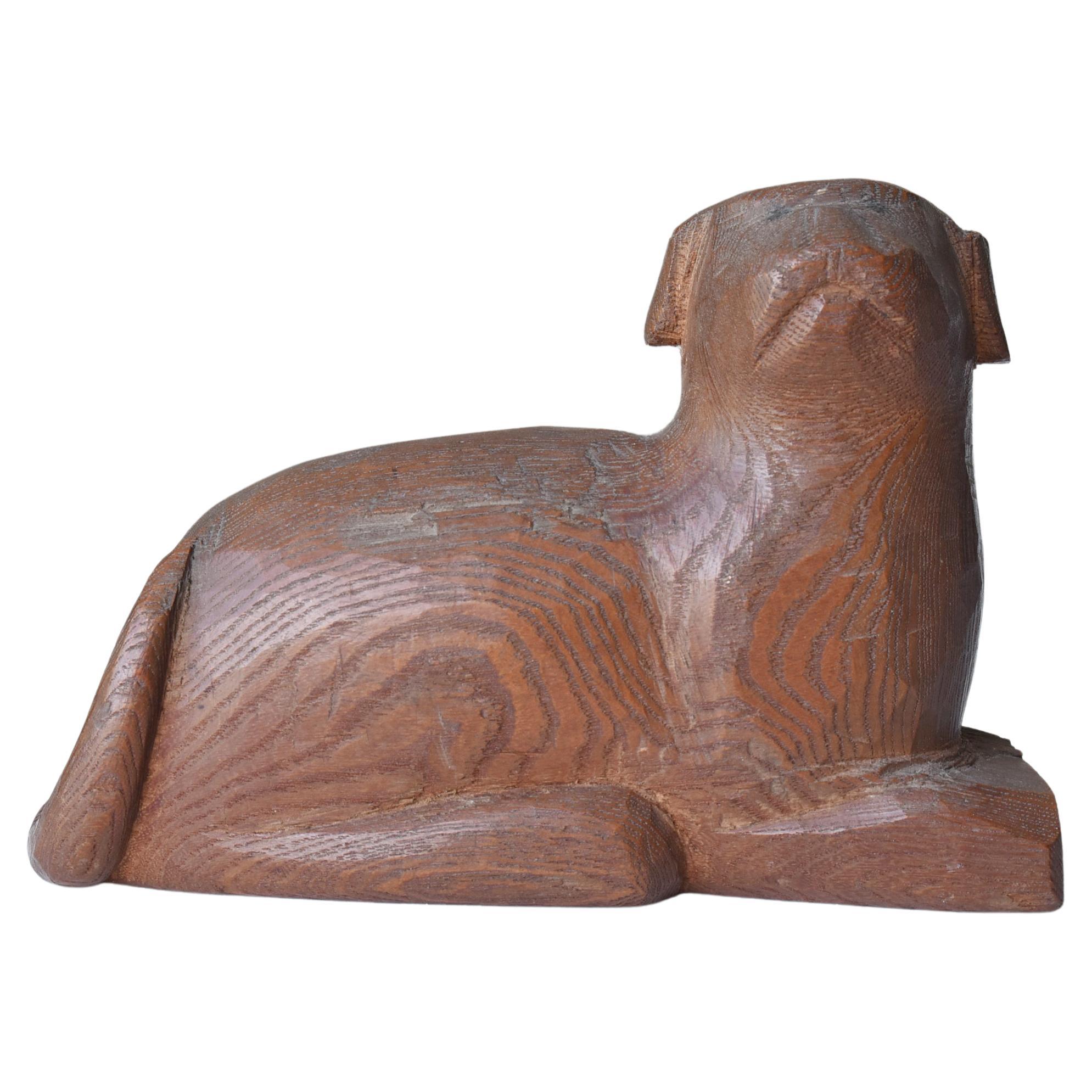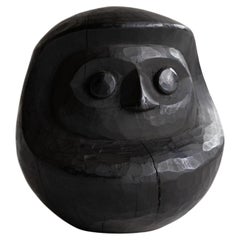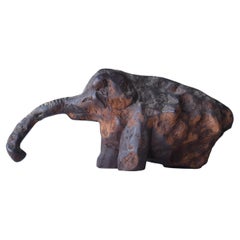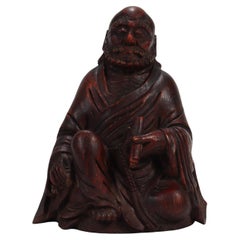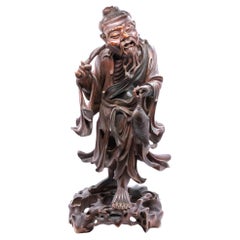
Japanese Old Wood Carving Snake 1860s-1920s / Antique Figurine Wooden Sculpture
View Similar Items
Want more images or videos?
Request additional images or videos from the seller
1 of 16
Japanese Old Wood Carving Snake 1860s-1920s / Antique Figurine Wooden Sculpture
About the Item
- Dimensions:Height: 4.53 in (11.5 cm)Width: 8.27 in (21 cm)Depth: 7.29 in (18.5 cm)
- Style:Meiji (Of the Period)
- Materials and Techniques:
- Place of Origin:
- Period:
- Date of Manufacture:1860s-1920s
- Condition:
- Seller Location:Sammu-shi, JP
- Reference Number:1stDibs: LU5487223072172
About the Seller
5.0
Platinum Seller
These expertly vetted sellers are 1stDibs' most experienced sellers and are rated highest by our customers.
Established in 2015
1stDibs seller since 2020
1,117 sales on 1stDibs
Typical response time: 4 hours
More From This SellerView All
- Japanese Antique Wood Carving Black Daruma 1860s-1920s / Wabi Sabi SculptureLocated in Sammu-shi, ChibaThis is an old Japanese large wooden Daruma. It is from the Meiji period (1860s-1920s). It is made from a large cedar tree. It is rustic and beautiful, with traces of hand-carving...Category
Early 20th Century Japanese Meiji Sculptures and Carvings
MaterialsCedar
- Japanese Antique Wood Carving Elephant 1860s-1920s / Wabi Sabi Sculpture ObjectLocated in Sammu-shi, ChibaThis is a very old Japanese elephant wood carving. This wood carving dates from the Meiji period (1860s-1920s). We estimate the material to be cedar w...Category
Early 20th Century Japanese Meiji Sculptures and Carvings
MaterialsCedar
- Japanese Antique Wood Carving Monkey 1860s-1900s / Figurine Sculpture Wabi SabiLocated in Sammu-shi, ChibaThis is a very old Japanese wood carving of a monkey. It is a wood carving from the Meiji period (1860s-1900s). It appears to be carved from cedar wood. "Monkey holding a peach" Pea...Category
Mid-20th Century Japanese Meiji Sculptures and Carvings
MaterialsCedar
- Japanese Antique Black Daruma 1860s-1900s / Wood Carving Figurine WabisabiLocated in Sammu-shi, ChibaThis is a very old wooden black Daruma doll. It was made in the Meiji period (1860s-1900s). The material is cedar wood. This wooden form is the original D...Category
Early 20th Century Japanese Meiji Sculptures and Carvings
MaterialsCedar
- Japanese Antique Wood Carving「Daikokuten」1860s-1900s / Figurine Mingei WabisabiLocated in Sammu-shi, ChibaThis is a very old Japanese wooden statue. It is from the Meiji era. (1860s-1900s). It appears to be made of cedar wood. It is called "Daikokut...Category
Early 20th Century Japanese Meiji Sculptures and Carvings
MaterialsCedar
- Japanese Antique Wood Carving Fish 1860s-1900s / Mingei Figurine Object WabisabiLocated in Sammu-shi, ChibaThis is a very old Japanese wood carving of a fish. It is a wood carving from the Meiji period (1860s-1900s). It is carved from cedar wood. This wood carving is attached to a free h...Category
Early 20th Century Japanese Meiji Sculptures and Carvings
MaterialsCedar
You May Also Like
- Old or Antique Japanese Wooden Figurine of a Buddhist MonkLocated in Philadelphia, PAA Japanese wooden figurine of a Buddhist monk. In the form of a seated Buddhist monk. He holds a scroll in his left hand, and a mala/juzu (rosary) i...Category
Early 20th Century Japanese Meiji Sculptures and Carvings
MaterialsWood
- Japan 1890 Meiji Period Ebisu Sculpture in Wood Carving of an Old FishermanLocated in Miami, FLAn extremely well detailed wood carving of Ebisu, as a fisherman. Beautiful and well detailed sculpture, created in Japan during the Meiji dynastic period (1868-1912) back in the 1890's. This piece represent the god of good fortune Ebisu. Was exceptionally carved and executed from one solid single piece of rose wood, showing a gorgeous face expression, with intricate details in the hands and feets, he's carrying as usual a rod and a fish. Ebisu (yebisu), ???, god of fortune, the ocean and fisherman. In the japanese mythology is one of the seven gods of luck, sichi-fuku-jin, the patron of the fisherman and tradesmen. he is depicted as a bearded, smiling fisherman with formal long court ropes, often carrying a rod in one hand and a tai, symbolic fish of the good luck, in the other. The height is 14.25 inches (36.20 cm) and the base measurements is 6.5 by 6.45 inches (16.5 x 16.38 cm). Meiji period, is an era of Japanese history that extended from October 23, 1868 to July 30, 1912.The Meiji era was the first half of the Empire of Japan, when the Japanese people moved from being an isolated feudal society at risk of colonization by Western powers to the new paradigm of a modern, industrialized nation state and emergent great power, influenced by Western scientific, technological, philosophical, political, legal, and aesthetic ideas. As a result of such wholesale adoption of radically different ideas, the changes to Japan were profound, and affected its social structure, internal politics, economy, military, and foreign...Category
Antique 1890s Japanese Meiji Sculptures and Carvings
MaterialsWood
- Wood Carving SculptureLocated in Dallas, TXThis wood carving sculpture origins from China, circa 1880.Category
Antique 19th Century Chinese Sculptures and Carvings
MaterialsWood
- Japanese Paloma Wood Carving Okimono of JurojinLocated in New York, NYA Japanese carved paloma wood Okimono of Jurojin (god of longevity with a turtle). A symbol of long life, the sculpture also depicts a young boy representing the beginning of life. Carved from one piece of boxwood with a beautiful rich patina. Jurojin originated from the Chinese Daoist god, the old man of the South Pole, he may have been a historical figure of the Northern Song Dynasty...Category
Antique Late 19th Century Japanese Meiji Sculptures and Carvings
MaterialsBoxwood
- Large Antique Japanese Carving of an EagleLocated in Hudson, NYLarge Antique Japanese Carving of an Eagle. Meiji period (1868 - 1912) carving of an eagle about to take flight. The sculpture is expertly c...Category
Early 20th Century Japanese Meiji Sculptures
MaterialsHardwood
- Antique Japanese Kutani Pottery Bodhidharma or Daruma FigurineLocated in Philadelphia, PAAn fine, antique Japanese pottery Daruma figurine. In the form of a Daruma, a depiction of Bodhidharma the semi-legendary founder of Zen/Chan Buddhism. The figure's face and protruding toes are an unglazed dark brown and his robe has a dark red glaze. Simply a charming Japanese figurine...Category
Early 20th Century Japanese Meiji Sculptures and Carvings
MaterialsPottery
Recently Viewed
View AllMore Ways To Browse
Asian Pair Figurines
Chinese Rice Lamp
Chinese Light Box
Cambodian Artifacts
Granite Buddha Head
Bhumisparsha Buddha
Buddha Five
Japanese Buddha Miniature
Japanese Cat Carving
Jadeite Jade Statue
Antique Water Art
Hand Carved Oriental Desk Dragon
Stone Duck Decoy
Toraja Crocodile
Seal China
Asian Couple
Chinese Marionette
Antiques Reclining Buddha Burma




